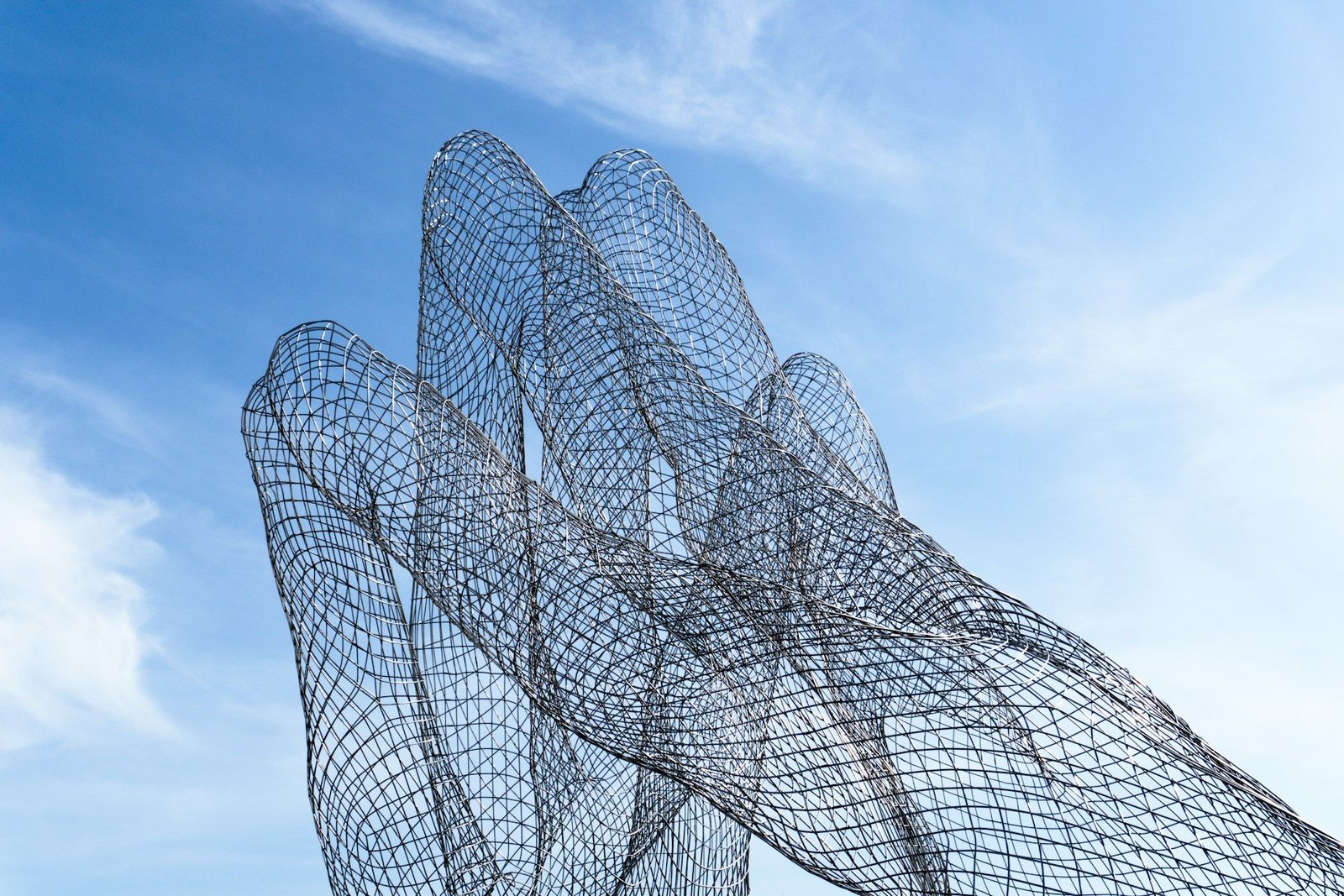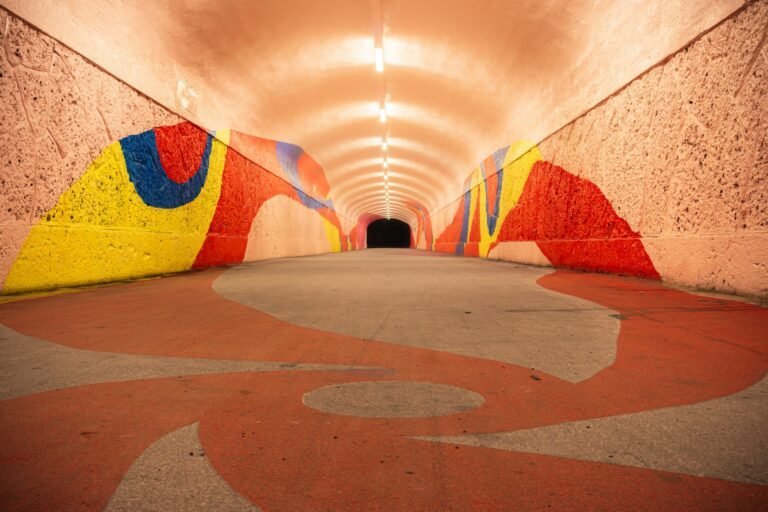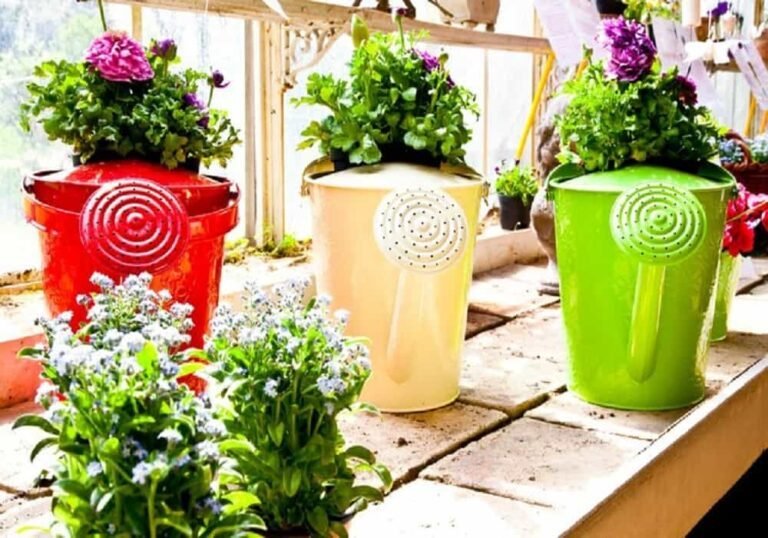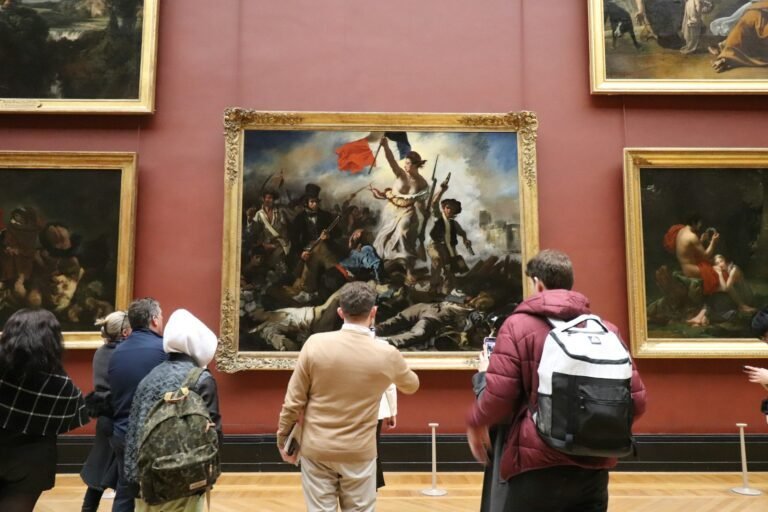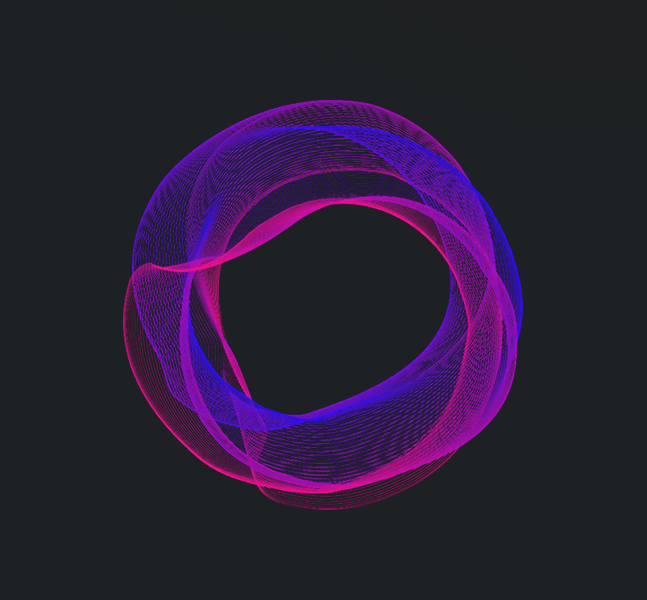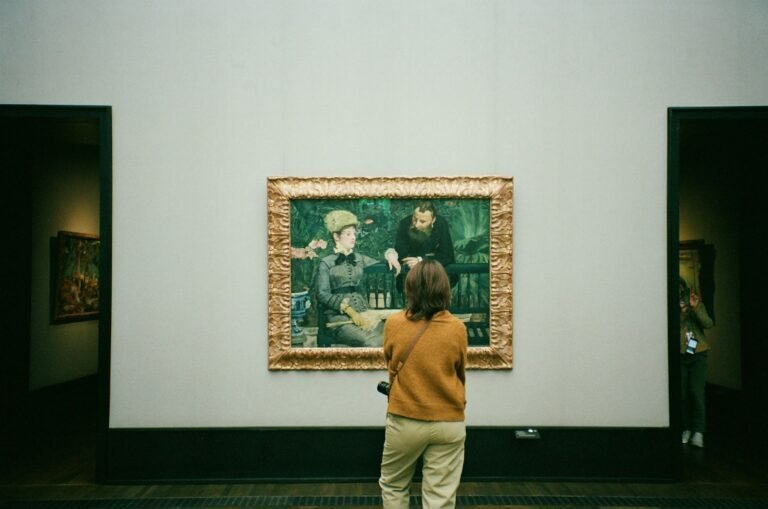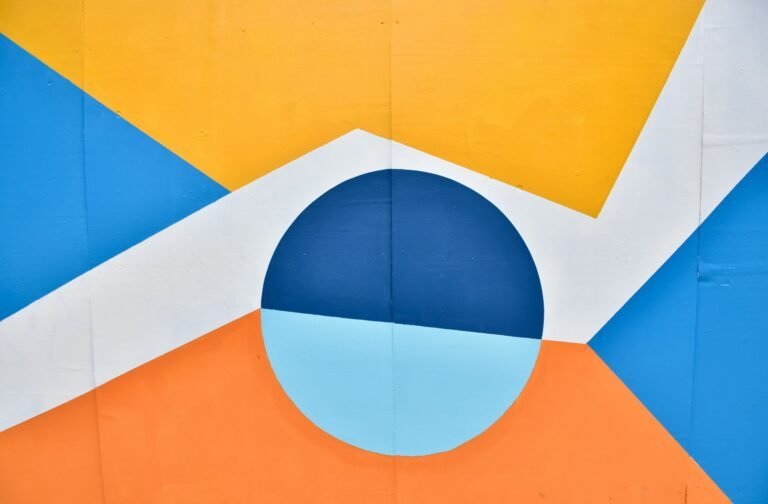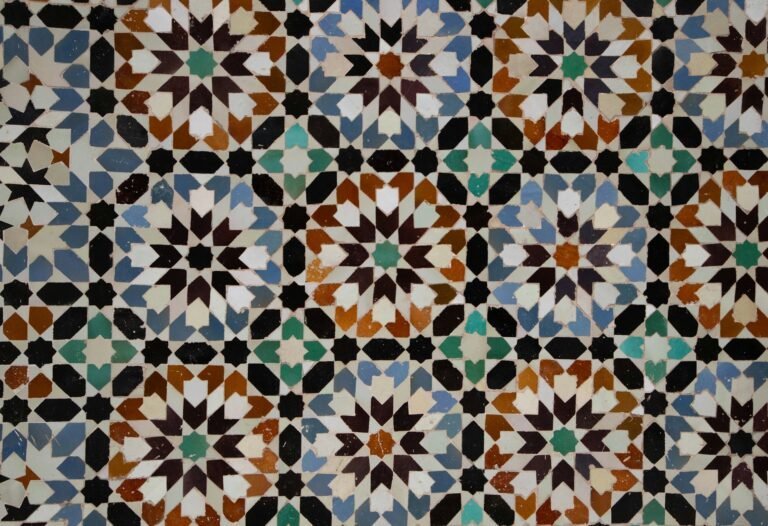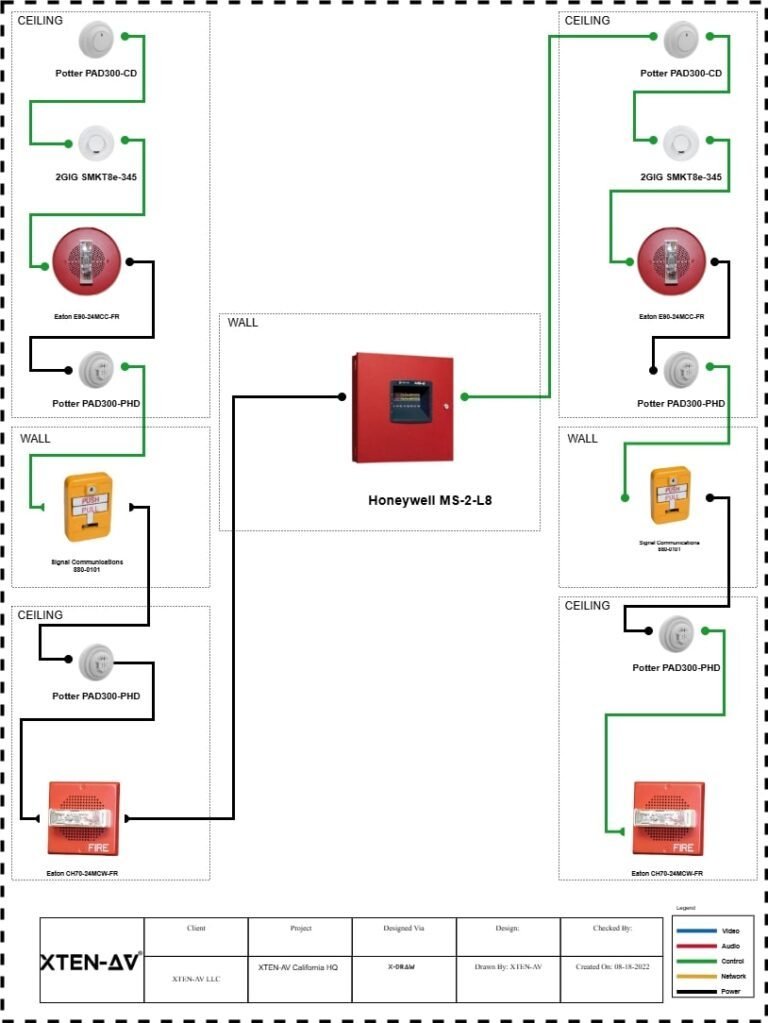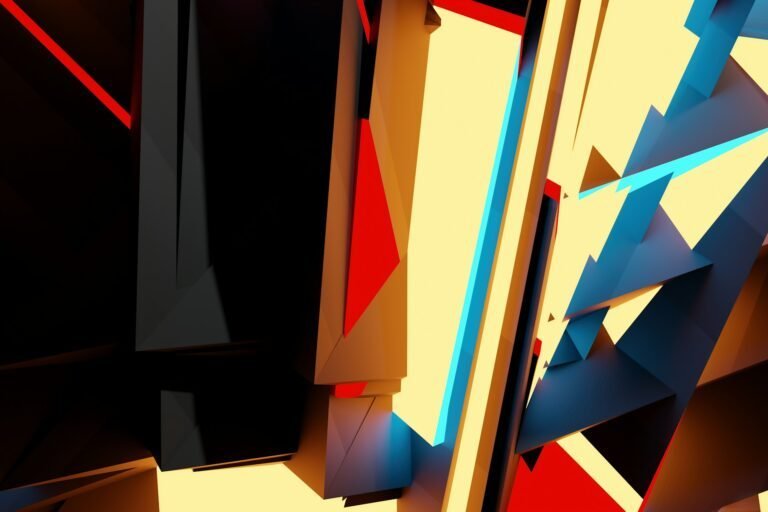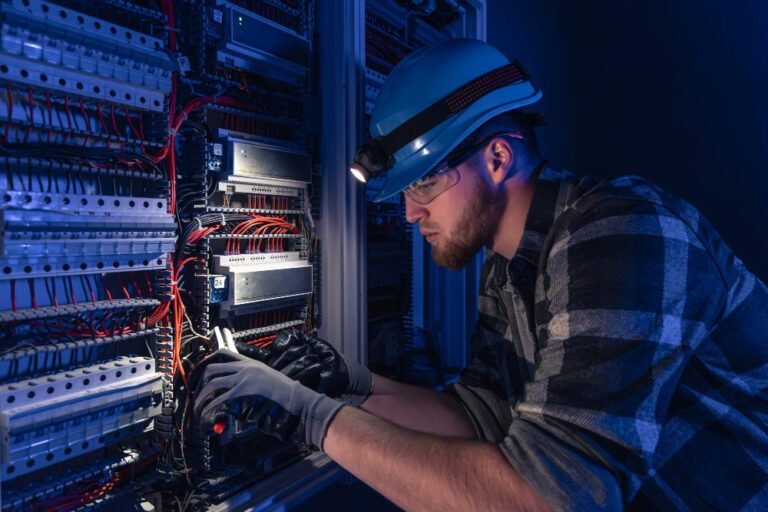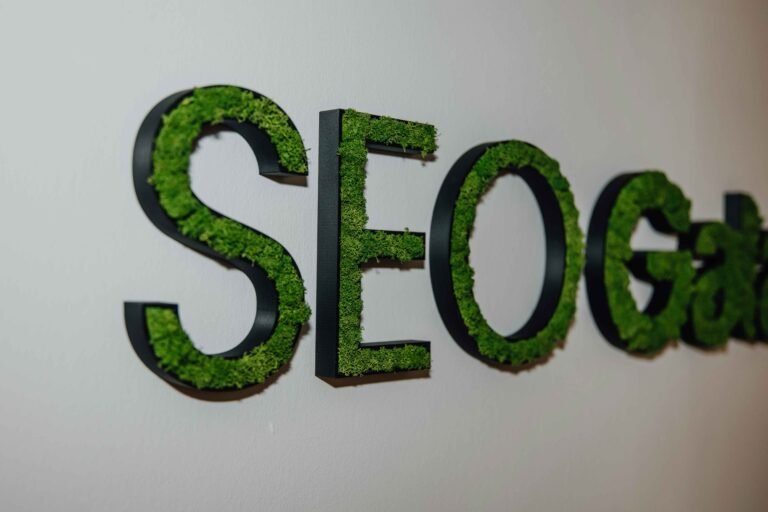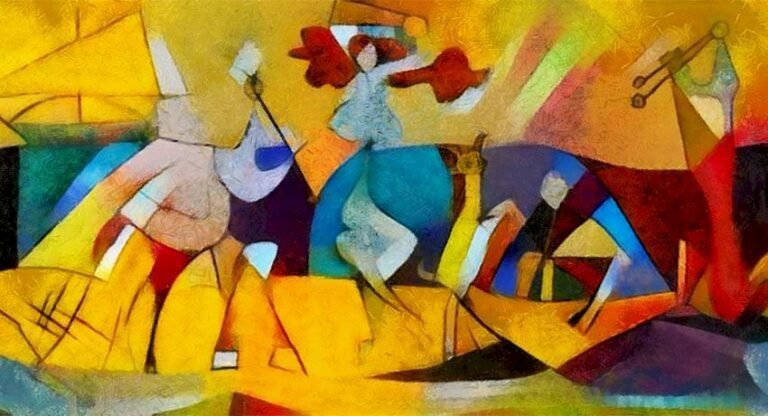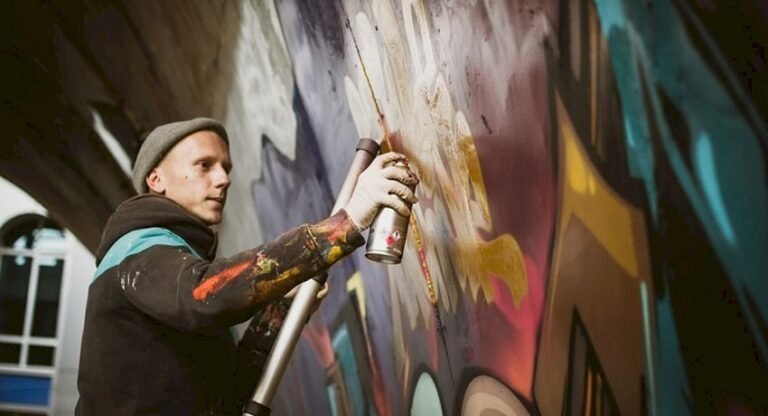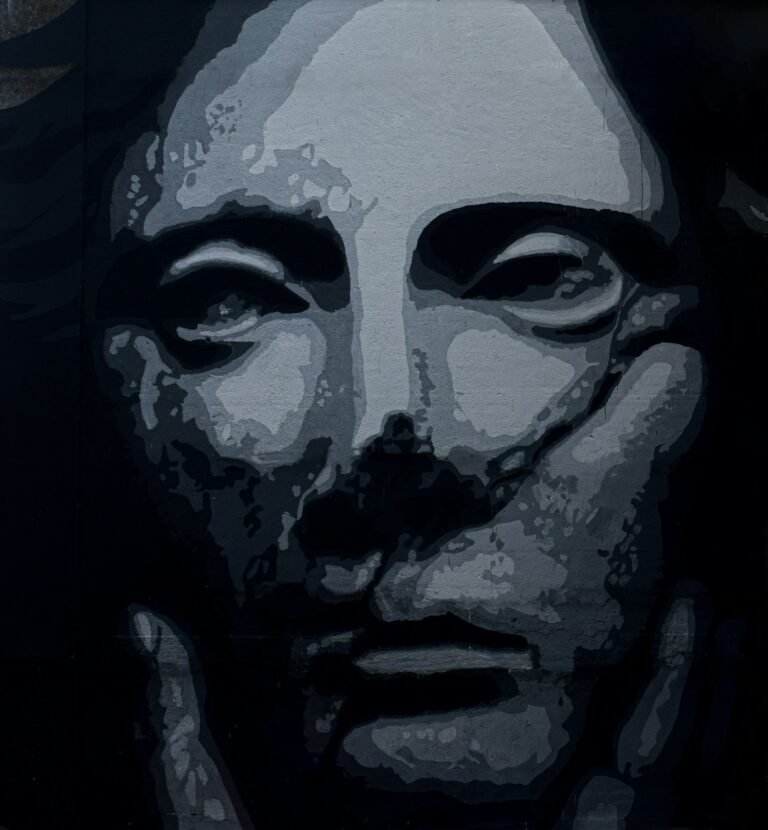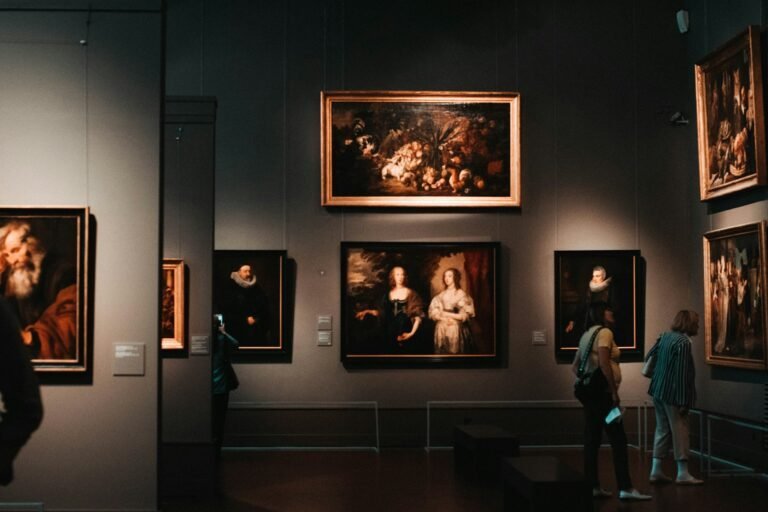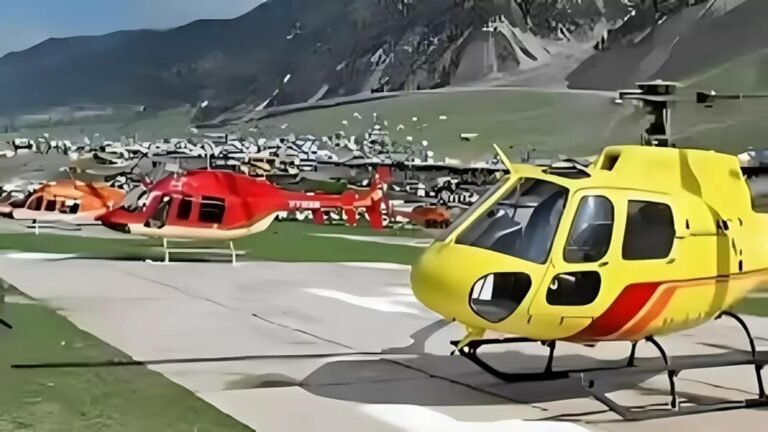Modern installation art has reshaped the way the world experiences, understands, and interacts with contemporary visual culture. Unlike traditional artistic expressions such as painting or sculpture, installation art does not merely exist as an object to be observed; it is a constructed environment that surrounds the viewer, demanding physical, emotional, and conceptual participation. The essence of this art form lies in its ability to alter space, transform perception, and evolve according to social, technological, and ecological developments. Installation art moves beyond aesthetic representation, inviting the viewer to enter a sensory, intellectual, and often immersive realm where art functions as an event, experience, or encounter, rather than a static creation.
Modern installation art emerged in the second half of the twentieth century as part of a broader reaction against traditional art forms, especially as artists began to abandon classical techniques and stable identities in favour of experimental, interdisciplinary, and interactive approaches. The roots of installation art can be traced to the avant-garde movements of the early twentieth century, such as Dada, Surrealism, and Constructivism, all of which challenged the conventional purpose of art. Artists associated with these movements attempted to dismantle the notion that art must be preserved as a precious object, often producing works meant to provoke confusion, shock, or intellectual reflection. Later, the 1960s and 1970s saw major cultural transformations, including political protests, feminist art movements, conceptual art, performance art, and environmental awareness. These movements encouraged artists to question the relationship between art object, viewer, materials, and surroundings. Installation art became a compelling response to these concerns, prioritizing experiential engagement rather than passive observation.
In modern times, installation art has flourished alongside technological advancement, global communication patterns, and the increasing tendency to merge various art forms. Today’s installations are frequently multisensory, interactive, digital, and site-specific. They may employ video projection, sound systems, computer programming, virtual reality, found objects, industrial elements, or living organisms. Some installations are temporary, designed to exist only for a short duration; others are permanent additions to public spaces. Whether indoors or outdoors, modern installation art transcends the boundaries between architecture, performance, sculpture, film, and digital media. It asks questions rather than providing answers, leaving space for viewers to interpret meanings through their own personal experience.
The Core Philosophy and Purpose of Installation Art
To understand modern installation art fully, one must grasp its underlying philosophical intention. Installation art challenges the relationship between art and spectator. In classical art, the viewer stands outside the artwork, observing it from a safe distance, and interpreting it from fixed vantage points. Installation art dissolves this boundary. It places the audience inside the artwork, making interpretation dependent on personal movement, perspective, perception, and sensory awareness. In this way, the viewer’s presence completes the artwork. Without interaction, installation art remains unfinished; its meaning becomes dynamic and contingent on individual experience.
The purpose of installation art is often conceptual rather than decorative. Many installations highlight social issues, psychological states, political conflicts, or ecological anxieties. Instead of merely depicting ideas, they stage experiences that evoke emotional, cognitive, and sensory responses. For example, an installation dealing with environmental destruction might create a physical environment of waste materials, decaying plant matter, toxic smells, and disturbing noises. This multisensory arrangement forces the viewer to confront ecological fears, not through symbolic representation but through direct embodied experience. Similarly, installations dealing with identity might involve mirrors, personal objects, shifting projections, or fragmented sounds that trigger reflection on self-perception and social roles. Thus, installation art becomes a medium for critical commentary, research, and expression that engages rather than imitates reality.
Types of Modern Installation Art
Since installation art is highly interdisciplinary and fluid, it cannot be confined to rigid categories. However, certain recurring forms have shaped its development and contemporary presence. Major types of modern installation art include site-specific installation, conceptual installation, interactive and participatory installation, digital and multimedia installation, environmental and eco-installation, and social or community-based installation. Each type differs according to its purpose, materiality, viewer engagement, and relationship with space.
Site-Specific Installation Art
Site-specific installation art is designed for a particular location and cannot be transported or displayed elsewhere without losing its meaning or context. Its materials, structure, and concept depend directly on the physical environment in which it is created. For example, an installation in an abandoned factory may incorporate industrial debris, old machinery, and remnants of rusted metal to comment on labour histories, capitalist exploitation, or technological decay. Moving such a work to a gallery would strip it of its intended impact, as it would no longer dialogue with the space that inspired it.
Site-specific installations alter space through manipulation of light, sound, objects, architecture, and viewer pathways. They often reveal hidden histories, unnoticed architectural features, or forgotten narratives tied to the space. Public memorials, urban interventions, and rural land installations can also be site-specific. The viewer’s journey through the environment becomes integral, as walking, standing, observing, and even breathing inside the space contribute to the artwork’s experiential power. Thus, the installation becomes inseparable from its location, merging art and place into a new spatial identity.
Conceptual Installation Art
Conceptual installation art focuses primarily on ideas rather than materials. It often uses minimal physical elements, challenging traditional expectations of beauty, craftsmanship, or artistic skill. The artwork may consist of ordinary objects, written text, recorded voices, found materials, or even invisible elements such as temperature changes or empty space. The goal is to provoke intellectual inquiry rather than aesthetic admiration.
Conceptual installations often address philosophical questions, social critique, historical memory, or cultural analysis. The viewer must interpret or decode meanings rather than enjoy visual pleasure alone. For example, an installation of scattered shoes and empty clothing might represent absence, migration, or displacement. A dark room containing whispering voices and fragmented sentences might evoke trauma or collective memory. Many conceptual installations are temporary, experimental, and controversial, intentionally disrupting expectations of what art should be.
Interactive and Participatory Installation Art
Interactive installation art requires direct engagement from the audience. The viewer becomes a participant, collaborator, or performer. Meaning emerges through action: touching objects, triggering sensors, altering light or sound, walking through different sections, contributing words, or interacting with other participants. Technology often plays a role, but physical participation alone can also activate the work.
In participatory installations, the viewer’s decisions shape the outcome. For example, an installation might involve visitors writing their personal fears on objects, which collectively transform into a symbolic environment. Another installation may require viewers to move through a space where motion sensors trigger sounds, lights, or projected images, making each person’s experience unique. This type of installation challenges the traditional notion of authorship, as meaning is co-created between artist and audience. It also reflects contemporary cultural shifts toward collaboration, decentralization, and user-driven experiences.
Digital and Multimedia Installation Art
With advancements in technology, digital and multimedia installation art have become central to contemporary creativity. Such installations incorporate elements such as video projection, animation, sound technologies, artificial intelligence, robotics, virtual reality, augmented reality, holography, and algorithmic programming. They expand the possibilities of sensory immersion and create environments that merge the virtual and physical worlds.
Digital installations can simulate realities, distort perception, or construct abstract audio-visual experiences. They may respond to data input, movement, temperature, or biometric signals. These interactions blur the boundaries between human and machine, prompting reflection on identity, surveillance, memory, and the future of technology. Multimedia installations can depict narratives using dynamic images, surround-sound systems, and intricate lighting. Some installations evolve over time, changing according to viewer behaviour or real-time information feeds. This responsiveness highlights contemporary themes such as digital dependency, global connectivity, artificial intelligence, and the erosion of privacy.
Environmental and Eco-Installation Art
Environmental installation art addresses ecological concerns through interaction with nature, sustainable materials, and environmental activism. Unlike digital installations, eco-installations emphasize physical materials such as soil, plants, water, light, natural fibers, recycled waste, organic matter, and biodegradable structures. They may be placed outdoors in forests, beaches, deserts, or urban ecological zones, or indoors where natural elements are relocated into built environments.
Eco-installations critique human exploitation of nature and promote ecological awareness. They may reflect on climate change, extinction, pollution, or Indigenous knowledge systems. Some installations change gradually as plants grow, water evaporates, or materials decompose. This integration of life cycles signifies the impermanence of human impact and the resilience or fragility of ecosystems. The temporal nature of ecological installations challenges the capitalist art market, which values permanence and commodification. Instead, eco-art prioritizes ethical responsibility over aesthetic ownership.
Social and Community-Based Installation Art
Social installation art focuses on public participation, collective identities, community histories, and social justice. Rather than being created solely by an artist, these installations often involve collaboration with local communities, activists, migrants, or marginalized groups. Materials may include personal belongings, community archives, testimonies, photographs, textiles, or everyday objects that carry symbolic resonance.
Such installations frequently address themes such as inequality, racism, cultural memory, gender identities, displacement, or labour conditions. The artwork becomes an act of communal storytelling, activism, or healing. It may function as a temporary gathering space, discussion platform, or ritual site. Viewers are not only participants but witnesses to shared histories embedded in material form. Social installations blur the line between art and activism, emphasizing transformation rather than representation.
The Experiential and Transformative Power of Installation Art
The diversity of modern installation art reflects a deeper transformation in cultural consciousness. As societies become increasingly interconnected, technologically dependent, and environmentally vulnerable, art shifts from object-making to experience design. Installation art embodies this shift, redefining the artistic process as a fluid, relational, and participatory practice. It expands the role of the artist from creator to facilitator, researcher, engineer, or social critic. The audience is no longer passive; they are agents of meaning, shaping the artwork through movement, interpretation, and emotional response.
Experientially, installation art invites the body to think and feel simultaneously. Sensations of claustrophobia, wonder, confusion, nostalgia, fear, or tranquillity become part of the artwork. Time becomes essential, as installations unfold through the duration of the viewer’s presence. Spatial memory becomes a medium, as viewers remember the journey through the artwork as much as the artwork itself. In this sense, installation art transforms the viewer’s relationship with physical space and inner consciousness.
Conclusion
Modern installation art stands as one of the most innovative and influential developments in contemporary culture. It challenges traditional art forms, dissolves the separation between artwork and viewer, and redefines space as a living medium of expression. Whether through digital interactivity, ecological intervention, conceptual questioning, or community collaboration, installation art alters perception and invites deeper awareness. It does not merely represent reality; it reconstructs it experientially, engaging the senses, intellect, and emotions in a unified encounter. In an era of rapid change and global complexity, installation art offers a vital mode of reflection, where artistic experience becomes a transformative journey through the spaces we inhabit, the histories we remember, and the futures we imagine.
